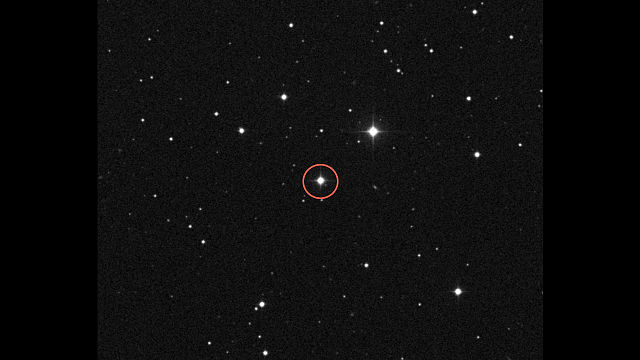
Voyager 1: Beyond The Fly-by
A Journey Through Space And Time
Amid the history of space travel, one space probe has achieved the status of human-made-object to have ventured furthest from Earth. Indeed, Voyager 1, launched by NASA in 1977, still continues its awe-inspiring journey beyond our solar system, carrying with it a golden record containing sounds and images representing the diversity of life on our planet. In this article, we embark on our own voyage of discovery, as we explore the remarkable achievements and ongoing odyssey of Voyager 1.
The Original Purpose Of Voyager 1
Voyager 1’s primary mission was to conduct close-up studies of Jupiter and Saturn, two gas giants that had fascinated astronomers for centuries. During its flybys of these giant planets, Voyager 1 captured stunning images and collected invaluable scientific data, revealing the intricate details of their atmospheres, moons, and rings. These discoveries revolutionised our understanding of these distant worlds, unravelling their mysteries and further igniting our curiosity about the wonders of our own cosmic environment.
However, Voyager 1’s journey didn’t end with the exploration of Jupiter and Saturn. Propelled by gravity-assist manoeuvres, it then embarked onward on an epic trajectory known as the Voyager Interstellar Mission. Recently, it actually left the confines of our solar system, fulfilling its objective. Hence, Voyager 1 became the first human-made object to enter interstellar space, where the influence of our Sun gives way to the vastness of the Milky Way galaxy. In around 40, 000 years, if it has not met with any accident, it will pass another star, Gilese 445 (photographed and ringed in red above), albeit at a distance of 1.6 light years.
The Golden Record
As Voyager 1 ventures deeper into interstellar space, it continues to communicate with Earth, transmitting valuable data about its surroundings. This data provides scientists with insights into the interstellar medium, the space between stars, and offers glimpses into the conditions and dynamics of the cosmic environment that surrounds us. The probe carries instruments that measure cosmic rays, magnetic fields, and plasma, helping us to better understand the nature of our galactic neighbourhood.
One of the most captivating aspects of Voyager 1’s mission is on the Golden Record it carries. This record is a time capsule, curated by a team led by astrophysicist Carl Sagan, that contains sounds and images that portray the diversity of life on Earth. The intention behind the Golden Record is to serve as a message from humanity to any potential extraterrestrial civilisations that may encounter the spacecraft. It encapsulates the essence of our planet and our shared human experiences, offering a glimpse into the rich tapestry of life here.
A Symbol Of Curiosity And Exploration
Voyager 1’s journey is a testament to human ingenuity, perseverance, and the insatiable desire to explore the unknown. It has withstood the test of time, surpassing all expectations and continuing to push the boundaries of our understanding. While its instruments will eventually cease operating, it will still continue on its trajectory through the vastness of space, carrying with it a symbol of our curiosity, our aspirations, and our yearning for connection with the wider cosmos.
From its groundbreaking flybys of Jupiter and Saturn to its current foray into interstellar space, this intrepid spacecraft has forever changed our understanding of the cosmos. It reminds us that the wonders of the universe are within our reach and that our human spirit will continue to explore and reach for the stars, even when our physical presence can no longer accompany these extraordinary machines.